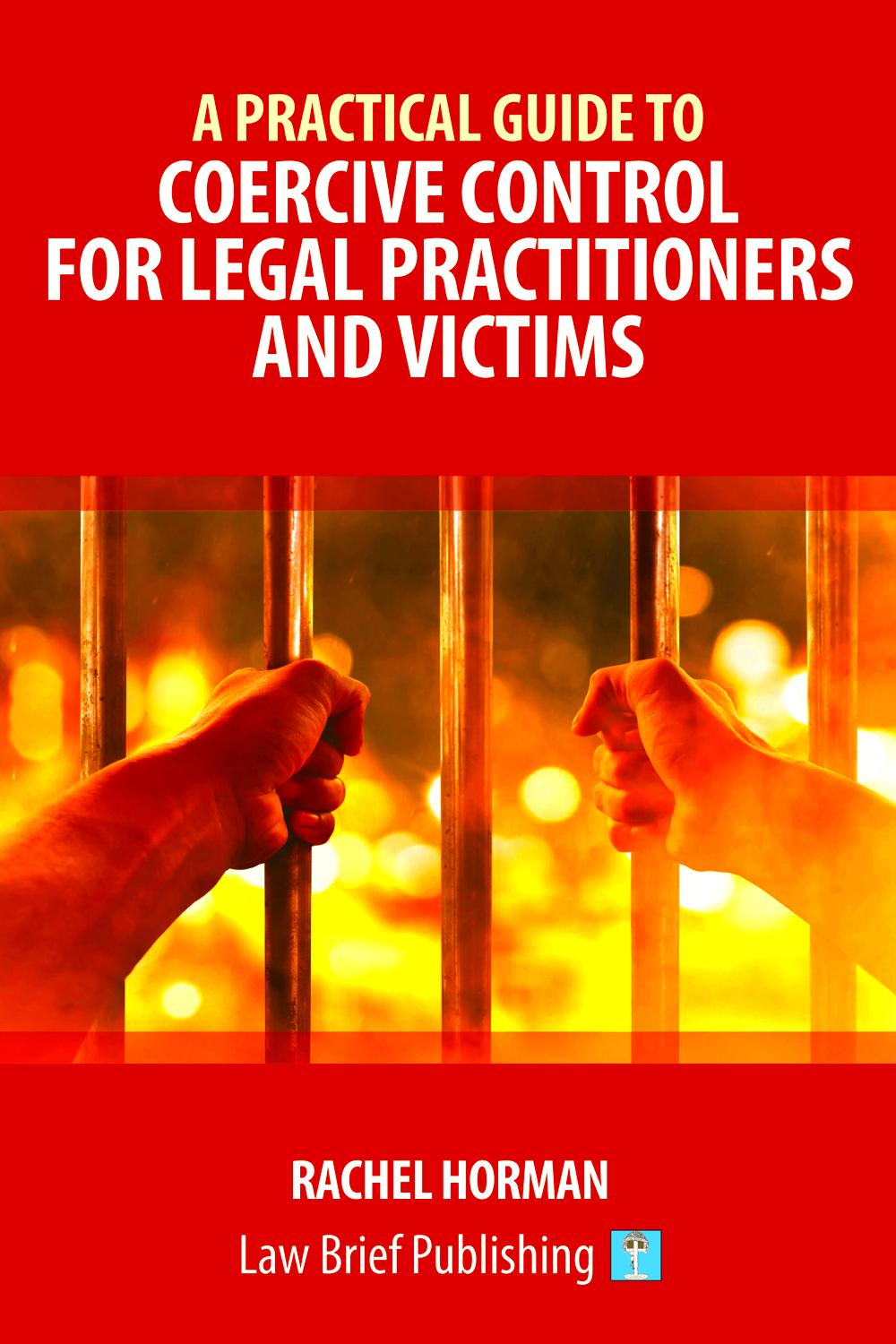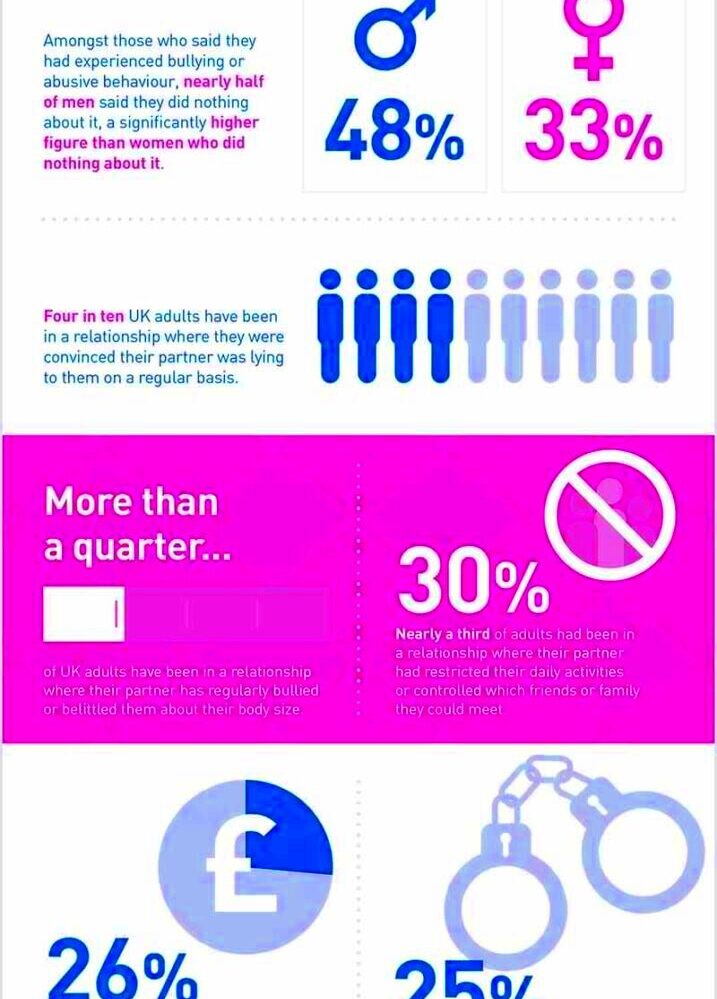Coercive Control Law in California: Key Points
In recent times California has made strides in tackling a form of abuse called coercive control. This type of abuse often goes unnoticed as it doesn’t always leave visible scars. Rather it entails a series of actions designed to overpower and isolate the victim. The newly enacted law provides an essential safeguard for individuals facing this kind of control by establishing a system to identify and address this subtle manipulation. Familiarizing oneself with this law is crucial for anyone who might find themselves in such circumstances as it brings both insight and optimism, for a brighter tomorrow.
Definition and Scope of Coercive Control

Coercive control refers to a set of actions aimed at exerting power and influence over someone elses life. Unlike abuse that involves physical harm coercive control relies more on tactics. It encompasses behaviors like:
- Isolating the victim from family and friends to weaken their support network.
- Monitoring and controlling the victim’s daily activities, including their communication and movements.
- Emotional abuse through threats, humiliation, and constant criticism.
- Financial control by restricting access to money or employment.
The reach of control is extensive impacting various facets of a persons life. It involves an intentional attempt to weaken someones self perception and autonomy. Californias legal framework acknowledges this wide ranging effect and seeks to tackle it in a thorough manner.
Key Features of Coercive Control Law in California

The Coercive Control Law in California is a significant new law aimed at offering legal support to individuals impacted by this type of mistreatment. Here are some important aspects of it.
- Legal Definition: The law clearly defines what constitutes coercive control, helping victims and legal professionals understand and identify the behaviors that fall under this category.
- Expanded Protections: Victims can seek protective orders that specifically address coercive control behaviors. This provides them with legal backing to escape abusive situations.
- Penalties for Perpetrators: Those found guilty of coercive control can face criminal charges, which include fines and imprisonment. This serves as a deterrent and offers justice for the victims.
- Support Services: The law mandates the provision of support services, including counseling and legal aid, to assist victims in recovering and rebuilding their lives.
This new law represents progress in tackling the subtle and often concealed issue of coercive control abuse. It acknowledges that harm and psychological mistreatment can be equally detrimental as physical harm and establishes a strong system for addressing such behavior.
Legal Protections and Remedies Available
In the field of family and domestic law California has implemented the Coercive Control Law to safeguard individuals caught in abusive relationships. This legislation acknowledges the subtle and often undetectable aspects of coercive control, offering victims multiple pathways to seek assistance and redress.
One of the primary protections is the ability to obtain a protective order specifically tailored to address the behaviors associated with coercive control. This order can include provisions that restrict the abuser’s ability to contact or approach the victim, thus offering a layer of safety. The court may also impose restrictions on the abuser’s access to the victim’s financial resources, helping to mitigate the financial control often exerted in such relationships.
In addition to protective orders, the law allows victims to seek legal redress through civil suits. Victims can claim damages for the emotional and psychological harm endured. This provides not only a sense of justice but also financial relief that can be crucial in rebuilding one’s life.
California also provides access to support services, including counseling and legal aid. These services are designed to help victims navigate the legal system and recover from the trauma inflicted by coercive control. Local organizations and shelters play a pivotal role in offering this support.
In the end these laws and solutions aim to provide a thorough support system for victims assisting them in reclaiming their autonomy and obtaining the justice they rightfully deserve.
Differences Between Coercive Control and Other Forms of Abuse
Grasping the differences between control and other types of abuse is vital for tackling and preventing harm. Although coercive control falls under the umbrella of abuse it stands apart from and emotional abuse in notable aspects.
- Nature of Abuse: Coercive control primarily involves psychological manipulation and control, whereas physical abuse involves direct physical harm. Emotional abuse can overlap with coercive control but is often more focused on verbal attacks and humiliation.
- Visibility: Physical abuse is often visible due to physical injuries, making it easier to identify and address. Coercive control, on the other hand, can be less visible and harder to prove, as it involves ongoing patterns of manipulation and control.
- Impact: While both forms of abuse can have severe emotional impacts, coercive control specifically aims to undermine the victim’s autonomy and sense of self-worth over an extended period, often leading to long-term psychological effects.
- Legal Framework: Many legal systems have clear definitions and frameworks for addressing physical and emotional abuse. Coercive control, being a newer concept, may not always fit neatly into traditional categories of abuse, requiring specific legal provisions like those introduced in California.
Understanding these distinctions is crucial in creating impactful strategies and support networks. It guarantees that every type of abuse is handled with care taking into account the individual experiences and requirements of the survivors.
How to Report Coercive Control
Reporting control can be an intimidating experience, particularly for individuals who already feel alone and trapped. Nevertheless it is essential to take this step to break away from the cycle of abuse and pursue fairness.
First, it’s important to document instances of coercive control. Keeping a detailed record of incidents, including dates, times, and descriptions of the behavior, can be invaluable. This documentation can serve as evidence when reporting to authorities.
Victims should reach out to local domestic violence shelters or support organizations. These organizations offer confidential support and can guide individuals through the reporting process. They can also help with safety planning and connecting with legal resources.
Next, victims can contact law enforcement to file a report. Providing detailed documentation to the police can aid in building a case. It’s essential to communicate clearly about the nature of the abuse, highlighting how it fits the definition of coercive control.
Additionally, seeking a protective order from the court can offer immediate relief. This order can legally prevent the abuser from contacting or approaching the victim, providing a crucial buffer while pursuing further legal action.
Keep in mind that seeking assistance is a courageous move. Its crucial to tap into the resources and support networks at your disposal to make the journey towards safety and fairness as seamless as you can.
Legal Process for Addressing Coercive Control
Dealing with control through the law can feel daunting. However grasping the process can give victims the strength to pursue safety and fairness. Being aware of what lies ahead in this legal path can greatly impact the experience.
The legal process begins with reporting the abuse to law enforcement. Victims should provide detailed accounts and evidence of coercive control behaviors. This documentation becomes crucial for the next steps. Sometimes, victims may need to file a formal police report outlining specific incidents of abuse.
Once a report is filed, victims can seek a protective order from the court. This order, also known as a restraining order, can restrict the abuser from contacting or approaching the victim. To obtain this order, the victim must attend a court hearing where they present their case. It’s often helpful to have legal representation during this stage to ensure that all aspects of the coercive control are adequately addressed.
Following the issuance of a protective order, the court may set further legal proceedings depending on the nature and severity of the abuse. This can include criminal charges against the abuser if their actions fall under criminal statutes. In some cases, victims might also pursue civil litigation to claim damages for emotional and psychological harm.
Throughout this process, it’s essential for victims to maintain a support network. Engaging with legal professionals and support organizations can provide guidance and ensure that the legal journey is as smooth and informed as possible.
Resources and Support for Victims
Getting the right help and support is crucial when it comes to healing from coercive control. In California there are various services available to assist victims in dealing with the difficulties they encounter and rebuilding their lives.
Domestic violence shelters provide safe spaces for victims to stay while they seek legal remedies. These shelters offer not just accommodation but also emotional support and practical assistance. For many, this is the first step towards gaining independence from an abusive situation.
Counseling services are available to help victims cope with the psychological effects of coercive control. Professional counselors can offer therapy sessions to address trauma, rebuild self-esteem, and provide strategies for moving forward.
Legal aid organizations can assist victims in navigating the complexities of the legal system. These organizations often offer free or low-cost legal representation and advice, ensuring that victims have the support needed to pursue protective orders or other legal actions.
Support groups offer a space for victims to connect with others who have faced similar experiences. Sharing stories and strategies can provide a sense of community and understanding that is incredibly healing.
Additionally, many non-profits and advocacy groups offer hotlines and online resources, providing immediate assistance and guidance. These resources ensure that victims have access to the help they need, whenever they need it.
Frequently Asked Questions
What is coercive control?
Coercive control is a form of abuse where one partner uses manipulation, intimidation, and isolation to dominate and control the other partner’s life. It involves psychological tactics rather than physical violence, making it harder to detect but equally harmful.
How can I prove that I am a victim of coercive control?
Documenting incidents is crucial. Keep detailed records of manipulative behaviors, threats, and any controlling actions. This can include text messages, emails, or notes about verbal interactions. The more evidence you have, the stronger your case will be.
What should I do if I feel unsafe?
If you feel immediately unsafe, contact local emergency services or reach out to a domestic violence shelter. They can provide immediate safety and support. It’s also helpful to create a safety plan, including a safe place to go and important contacts.
Can I get legal protection if I’m not married to the abuser?
Yes, the Coercive Control Law in California applies regardless of marital status. You can seek a protective order and other legal remedies whether you are married, in a relationship, or even if you have just been subjected to coercive control.
Where can I find support if I don’t know where to turn?
Start by contacting local domestic violence organizations or hotlines. They can connect you with resources, including shelters, counseling, and legal aid. Additionally, reaching out to support groups can provide a network of people who understand your situation.
Conclusion
Grasping and tackling coercive control is crucial in nurturing relationships that are safer and more wholesome. The Coercive Control Law in California marks progress in acknowledging the intricacies of this type of abuse. Through providing definitions, legal safeguards and support mechanisms the law enables victims to liberate themselves from manipulation and pursue the justice they rightfully deserve.
If you find yourself dealing with control remember that you are not by yourself. There are resources out there ranging from help to emotional support to assist you in getting through this tough period. It’s important to keep a record of what you’re going through seek assistance and understand that the legal system is in place to safeguard and assist you. With the support and resources you can rebuild your life and find tranquility. Your path, towards safety and justice begins with taking a step and there’s a community eager to support you along the journey.


